Heating Plate,Coil Drive Board Heater ZVS Heating Board Module Low Voltage Heater Ignition Flyback Drive Circuit, Flyback Driver Board Heaters Accessories For Generator Working
$24.64 Original price was: $24.64.$17.25Current price is: $17.25.
SKU: B0B4WZQ4S6 Categories: Building Supplies, Heaters & Heater Accessories, Hvac, Tools & Home Improvement
- Free Shipping over $25
- Fast & reliable delivery options
- Enjoy top quality items for less
- Multiple safe payment methods

- Double Panel Design: The circuit board is double sided, using the entire back side as the resonant circuit alignment, with low resistance, less heat generation, good heat dissipation, and excellent performance.
- High Quality Components: The drive circuit of this coil drive board heaters are made of high quality components, which are reliable and powerful and can greatly improve your efficiency.
- ZVS: The coil drive board heaters have 0 voltage switching, which can reduce your switching loss during your use to get the purpose of saving.Hyuduo is committed to providing customers with high-quality products and thoughtful service.
- Scope of Application: These coil drive board heaters can be widely used to drive spark for Tesla coils (SGTC), for Jacob’s ladder, for Marx generators, etc. Please adapt them to the actual situation.
1 review for Heating Plate,Coil Drive Board Heater ZVS Heating Board Module Low Voltage Heater Ignition Flyback Drive Circuit, Flyback Driver Board Heaters Accessories For Generator Working
Add a review Cancel reply
Related products
-30%
Rated 4.29 out of 5
-54%
Rated 4.29 out of 5
-30%
Rated 4.64 out of 5
-30%
Rated 4.64 out of 5
-30%
Rated 5.00 out of 5
-30%
Rated 4.14 out of 5
-30%
Rated 4.43 out of 5
-30%
Rated 4.50 out of 5

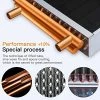
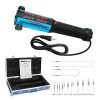
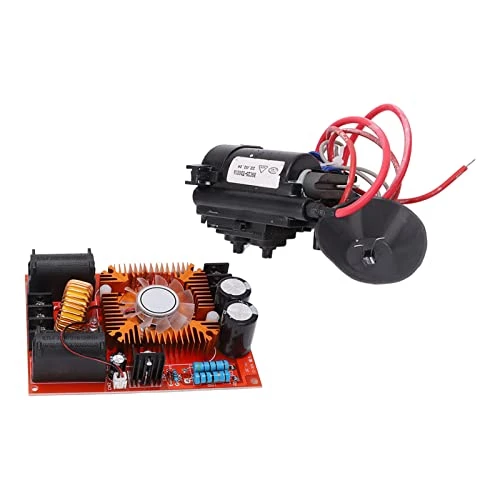

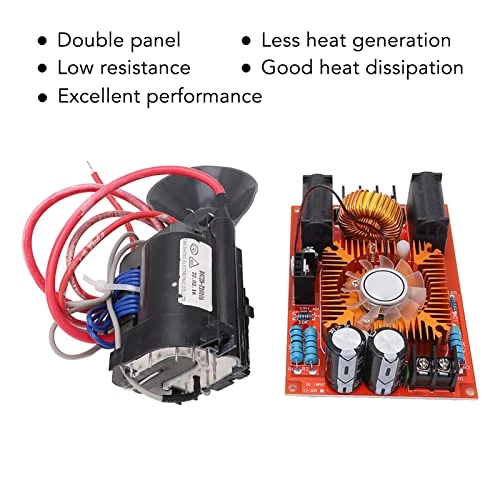
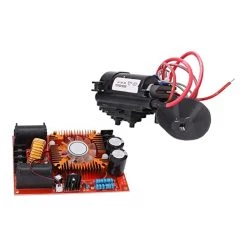

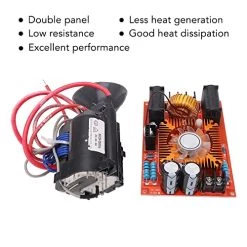
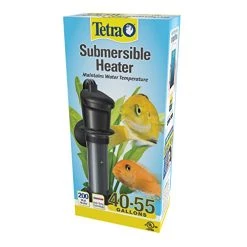

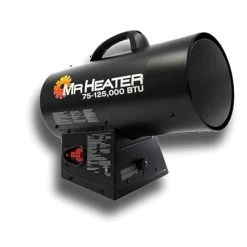
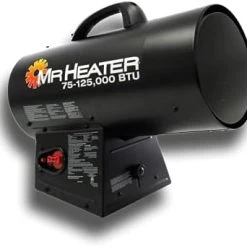




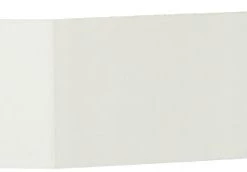






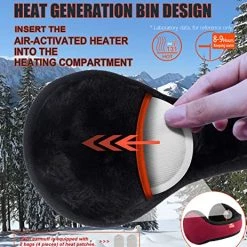
troy –
Was shipped with board in anti static bag in a larger antistatic bag with the transformer.The looseness allowed the transformer to break one of the 0.33 uf caps off dented the 1000uf caps and bent the 15v regulator over.Also, the heat sink hold down clips are a bit too short and have bowed the board.After replacing the damaged parts and reseating the heat sink with less pressure, I started at 12v and slowly increased it. I had placed the two wire ends a bit more than an inch apart and a solid arc formed across that gap with the supply at about 20v.Only issue (aside from shipping damage) is that the power must be applied as a switch. I think this is needed to cause a sudden unbalance in the circuit that starts the oscillation. So ramping voltage up from 0 won’t make it work.Partly out of curiosity about my luck and partly for a backup, I have already ordered a second (not a replacement).